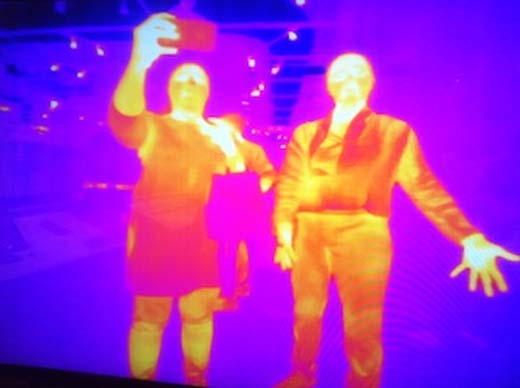In an important step towards new therapies for a variety of conditions involving pain sensation including chronic pain, researchers have discovered the structure of a protein linked to pain and heat perception.
"These receptors are gaining particular attention because they are so critical to how we sense and respond to our environment," said senior study author Seok-Yong lee, assistant professor of biochemistry at Duke University School of Medicine in North Carolina, US.
Our skin carries tiny temperature sensors that detect heat and send a message to the brain when we touch something hot.
The pain is real and it serves a purpose, otherwise we would suffer greater injury. But for many people with chronic pain, that signal keeps getting sent for months or years, even when there is no clear cause.
"Our results give a hint as to how one receptor works, a necessary component for developing new treatments for a variety of conditions involving sensation," lee said.
The protein structure described in the journal Nature Structural Biology and Molecular Biology is of an ion channel in the cell surface membrane called TRPV (Transient Receptor Potential Vanilloid)2.
Ion channels are scattered across all cell membranes and act as gatekeepers of information flowing in and out of cells, the researchers explained.
In the case of TRPV, this information takes the form of calcium ions
like the turning of a valve, TRPV receptors open in response to noxious heat or other stimuli, allowing an influx of calcium ions that convey a signal through the nervous system to the brain.
But how do such valves open and closeIJ lee believes that deducing the schematics of these valves can give them the blueprint for designing drugs that target ion channels.
Discovering this protein structure took researchers about half a million two dimensional images, which they then ran through a sophisticated computer programmme to generate a 3D picture of the protein.



























